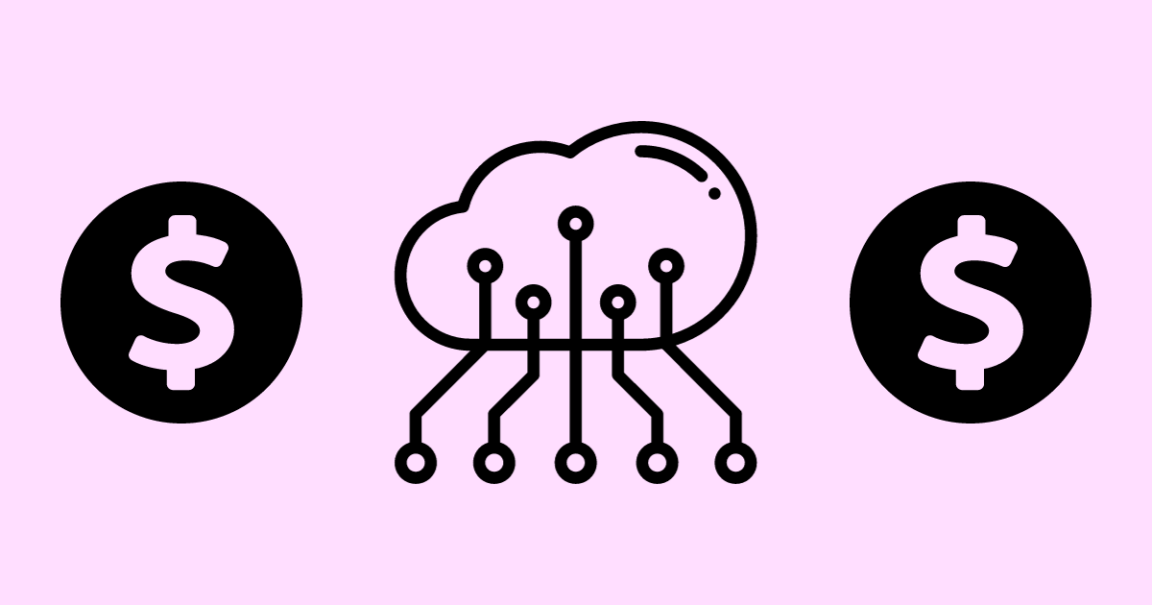It’s likely no surprise for most of you that data is one of the most valuable things that businesses can have. It’s what allows them to plan ahead, it’s what they strive to gain, and often, it’s what customers give them for services, whether they know it or not. If you’ve ever wondered how a free service is valued in the millions or billions of dollars, the answer is often access to user data, and as dystopian as that sounds, it has been the case for quite some time.
No matter how you look at it, this shift towards data as a high-level asset for businesses is very strange. This is especially true now, at a time when cybersecurity and online privacy seem to be more well-understood than ever before by the general public. So, how did we get here, and what does a data-driven future look like for businesses and consumers?
Why is Data Valuable in the First Place?
When we think about how our data is being used online, whether it’s Google having to ask us if we consent to tracking or your favourite blog asking if they can show us targeted ads, we often think about it in the form of advertising. The data that we often provide websites can tell them a lot about us and what our behaviours are, after all, with user behaviour data giving advertising platforms a way to cater ads directly to consumers that have shown an interest in the product or service prior. However, you may be surprised to learn that this isn’t the only benefit to businesses looking to source data from users.
The fact is that your online behaviour can tell a business a lot more than just which of its products you’re most likely to get excited about. User data can tell a business how their products are being used, the types of language that they use, and the other types of items that users of their products are also likely to use, all with up-to-date accuracy spanning upwards of thousands of devices and users.
Often, SaaS (Software as a Service) providers will gather user data to detect issues within their system and alleviate major inefficiencies that are causing issues with the user experience of their products. This ensures that bug fixes and updates can be rolled out quickly to address issues before they get out of hand, and in many cases, before they can be directly noticed by too many users. News about data science and how this information is made functional and practical is quite easy to come by, and so are cases in which this collection of data has caused issues for companies that have overstepped in regard to acquiring user information.

The Devil is in the Data: Facebook–Cambridge Analytica
If you have heard the name Cambridge Analytica before, it’s likely not for good reasons. A British consulting firm that has been tied directly to Donald Trump, Ted Cruz, and Brexit, the firm does not have the finest of reputations. Cambridge Analytica rose to prominence in the 2010s after it became clear that they had been accumulating data from up to 87 million Facebook users which was then used to support the presidential campaigns of Trump and Cruz, among other things.
This ended poorly for Cambridge Analytica, who filed for Chapter 7 bankruptcy in 2018, but the more significant cultural shift was from Facebook’s role in this misuse of data. Facebook CEO Mark Zuckerberg’s testimony before Congress regarding these data privacy violations became a public spectacle which, paired with the #deletefacebook movement, brought far more widespread awareness and criticism of data as a commodity than there had arguably ever been.
Although anyone in the digital industry was likely well aware of the amount of data that could be stored and sold by third parties while exploring the web, this spotlight on Facebook and Cambridge Analytica made it unavoidable and sparked a new era of cybersecurity concerns. With that said, the concern of how much data is out there still raises another question:
Well, How Much User Data IS Out There?

This isn’t an easy question to answer, but put simply, there’s a lot. On the internet, there is an estimated 64.2 zettabytes floating around, with approximately 90% of all currently stored data being created in the past two years alone. Websites are getting more complex, user behaviour data is getting more valuable, and as the internet grows, so too does the sheer amount of data that we have to pull from in the digital age.
The behaviour analytics market is expected to grow to $4.2 billion by 2026, and even as new legislation is put in place to ensure users have more control over their data, this trend is only growing by the day. To return to Facebook for a moment, the social media juggernaut stored an estimated 4 petabytes of data per day in 2022, and with other digital monoliths such as Google and X also harvesting data, it’s safe to say that the final size numbers would be unfathomable to your average consumer.
~
As a digitally inclined society in what many would refer to as late-stage capitalism, this commodification of user behaviour is inevitable and is sure to continue for the foreseeable future. Whilst this may seem defeatist, it is good to know that legislation is finally beginning to catch up with this sort of data collecting, allowing users slightly more control over their online experiences. We may never be entirely private in our online experiences, but things can be better, and as long as we keep holding companies accountable, they likely will be.





